
04-01-2026 17:45
 Stephen Martin Mifsud
Stephen Martin Mifsud
I was happy to find these orange asmocyetes which

03-01-2026 13:08
Niek SchrierHi all,We found groups of perithecia on a Lecanora

29-12-2025 17:44
Isabelle CharissouBonjour,J'aimerais savoir si d'autres personnes au

02-01-2026 17:43
MARICEL PATINOHi there, although I couldn't see the fruitbody, I

01-01-2026 18:35
Original loamy soil aside a artificial lake.The co

31-12-2025 19:27
Collected from loamy soil, at waterside (completel
Tapesia ?
Ethan Crenson,
19-11-2019 05:47
Hello all,
This was collected yesterday in New York City on bare hardwood. Apothecia are tiny reaching 1mm, but in most cases they are smaller. The hyenium is off-white, darkening to dark gray in age. They are waxy and resemble Mollisia, but have a fine white subiculum—so Tapesia then, correct? Only I recall seeing on this forum a comment by Zotto that there is no Tapesia, it's all Mollisia now. However, considering the collection posted here, if this is (was) Tapesia, what do we have?
Asci are IKI+, 52-60 x 5-6µm. Spores lack oil drops, and measure 7-9 (11) x 2-3µm. The subiculum appears hyaline at the outer edges, both in reflected and projected light, however the hyphae beneath the apothecia are brown and measure 3-5µm thick. Paraphyses about 3µm at the tips and do not appear to change color in KOH.
Thanks in advance.
Ethan
Hans-Otto Baral,
19-11-2019 08:02

Re : Tapesia ?
Hi Ethan
Are the apothecia more or less dry? They look a bit so. Tapesia is no more accepted, it is Mollisia. Your sample will be difficult to separate from M. cinerea, despite the subiculum which actually most Mollisia spp. have. Your data are very detailed, but the genus is so complex that DNA (ITS) is necessary to say something clear.
Zotto
Are the apothecia more or less dry? They look a bit so. Tapesia is no more accepted, it is Mollisia. Your sample will be difficult to separate from M. cinerea, despite the subiculum which actually most Mollisia spp. have. Your data are very detailed, but the genus is so complex that DNA (ITS) is necessary to say something clear.
Zotto
Ethan Crenson,
19-11-2019 16:45
Re : Tapesia ?
The apothecia are more or less dry. I'm curious to know what accounts for the presence of the subiculum. An environmental factor, or something else? And I am getting the sense that the reason for the deprecation of the genus Tapesia is an accumulation of mostly unpublished evidence and opinions. Is that wrong? Is there anything in print that i could read that could provide some clarity? I will attempt to have this collection sequenced. If my data are useful and the sequence is successful then perhaps it could help. Who knows?
Thank you Zotto!
Ethan
Hans-Otto Baral,
19-11-2019 16:51

Re : Tapesia ?
No no, this is published. I wrote it in 1985 p. 35 (Bausteine....) and in 1994, Bellemere in 1977.
My 1994 file is attached.
Great, if you get the ITS rDNA then we can probably say what it is.
Zotto
My 1994 file is attached.
Great, if you get the ITS rDNA then we can probably say what it is.
Zotto
Ethan Crenson,
19-11-2019 16:56
Re : Tapesia ?
Thank you very much!



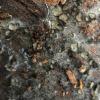
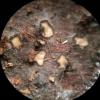
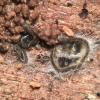
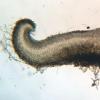
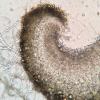
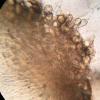
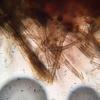
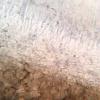
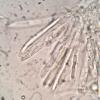
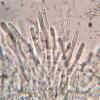
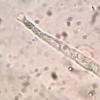
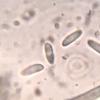
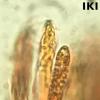
 Comments-on-Outline-of-Ascom.-1993-0001.doc
Comments-on-Outline-of-Ascom.-1993-0001.doc